12 Top Causes of Facial Pain

Trigeminal Neuralgia
A blood vessel or a tumor pushes on the trigeminal nerve at the base of the brain and makes it misfire. Or multiple sclerosis could damage the nerve’s protective covering (myelin sheath). You might have burning or shock-like facial pain, sometimes extreme. A typical “attack” lasts up to 2 minutes and affects the lower face and sometimes the nose and eye. Pain can also be ongoing. Your doctor may treat it with drugs or surgery.
Swipe to advance

2
/
12
Migraine
With this type of headache, face pain is a common symptom. It can throb often on one side of your head and last from a few hours to a couple of days. Some people notice an “aura” of blinking lights or visual “blind spots” just beforehand. You might be sick to your stomach, and more sensitive to noise, light, and certain smells. Your doctor can help you treat it with changes in diet and sleep habits, as well as medication.
Swipe to advance
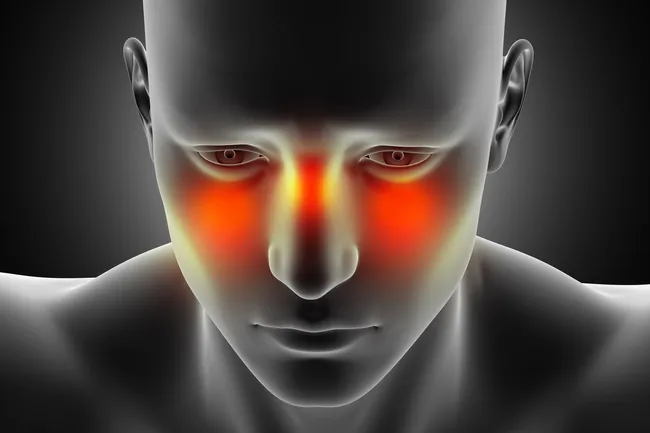
3
/
12
Sinusitis
Small hollow areas near your cheekbones (sinuses) get infected. Some symptoms, like pain and pressure around the nose and forehead, and a stuffy or runny nose, are the same as migraines. In fact, unless you notice fever, colored snot, a lessened sense of smell, or pain around the cheek, the cause is likely a migraine, not sinusitis. Your doctor can help you treat it with rest, pain medication, and sometimes antibiotics.
Swipe to advance

4
/
12
Deviated Septum
An injury or illness can damage your septum, the rubbery tissue (cartilage) that separates your two nasal passages. This often makes it harder to breathe through one of your nostrils. You might have more stuffiness, nosebleeds, snoring, and sinus infections. It could also lead to facial pain. You may not need treatment, but your doctor might suggest surgery in serious cases.
Swipe to advance
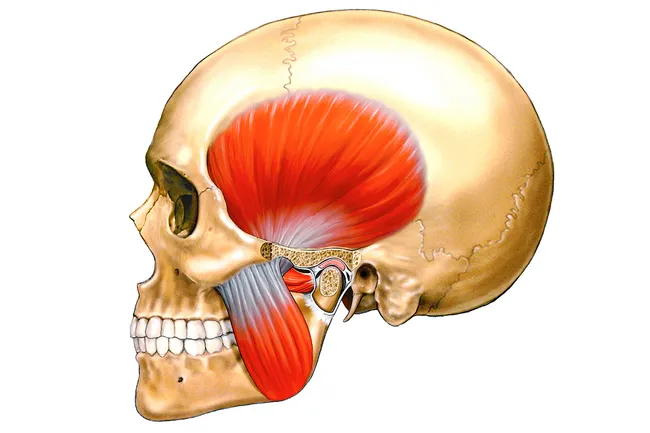
5
/
12
TMJ Problems
The temporomandibular joints (TMJs) link your lower jaw to your skull just below your ears. You can injure them in an accident, or if you chew too hard or grind your teeth. It may hurt to eat, and your jaw could feel like it catches, pops, or locks in place. Pain can radiate from the joint into your face. It might go away on its own, but your doctor might suggest splints, night guards, medicines, physical therapy, or surgery.
Swipe to advance
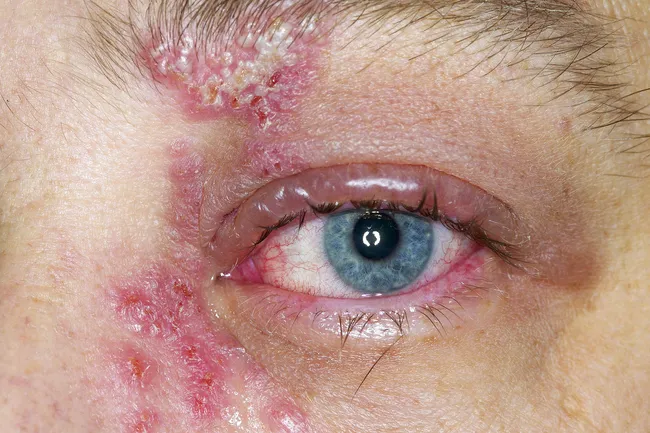
6
/
12
Shingles
Once you’ve had chickenpox, the virus remains in your body and can come back as this painful, blistering rash. It’s more common on your belly, chest, or back, but it can break out on your face too. It might tingle, burn, and itch as the rash forms red, fluid-filled blisters. The pain can remain even after the rash heals. A vaccine can help prevent shingles or ease your symptoms.
Swipe to advance
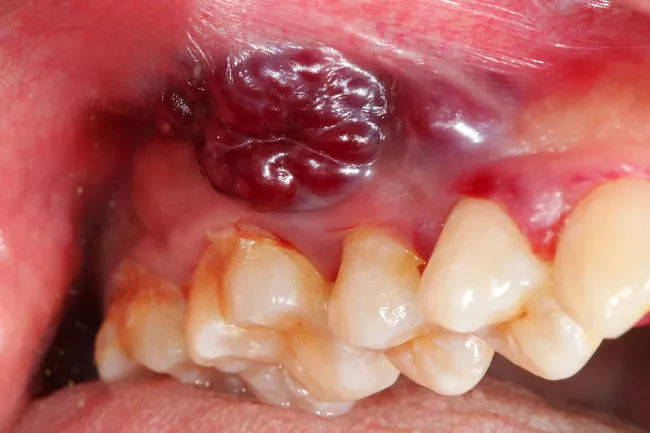
7
/
12
Mouth Cancer
Oral cancer can affect the lips, gums, tongue, roof of the mouth, cheek lining, or soft floor of the mouth. Tumors in these areas can cause pressure, sores, swelling, and pain that affect your facial area and won’t go away. You’re much more likely to get the disease if you use tobacco. Your doctor will treat it with surgery, chemotherapy, radiation, or some combination of therapies.
Swipe to advance
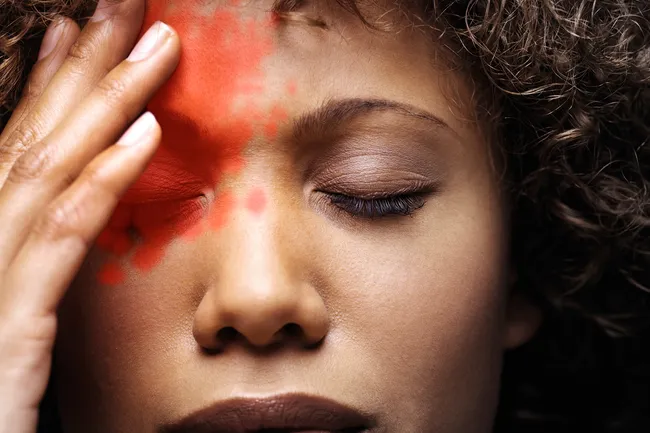
8
/
12
Cluster Headache
This sudden headache can cause serious pain on one side of your head and face. It peaks about 5 to 10 minutes after it starts, often at the same time every day, for weeks at a time. Your eyes and nose in particular may get red, swollen, teary, and inflamed. You could feel more anxious and sensitive to light, sound, or smell. Your doctor might treat it with oxygen, pills, electrical stimulation, or medicated nasal sprays.
Swipe to advance
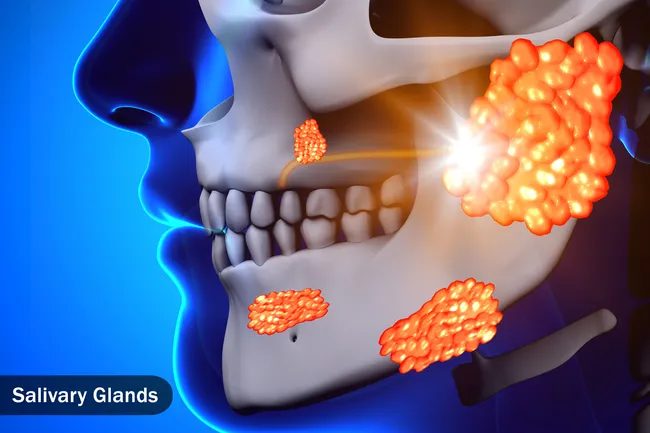
9
/
12
Salivary Gland Infection
Medical professionals may call it sialadenitis. Bacteria infect the glands that make the saliva that helps digest your food. You might have a painful lump in your cheek or around your chin, as well as fever, chills, and a bad-tasting pus that drains into your mouth. You’re more likely to get it if you’re older. Your doctor will likely treat it with antibiotics.
Swipe to advance
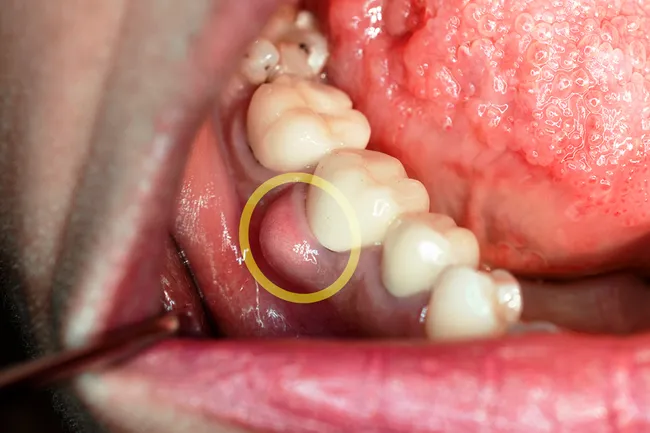
10
/
12
Abscessed Tooth
Bacteria infect your tooth, gums, or the bone that holds them together. This makes pus, which builds pressure that can cause an intense throbbing pain that spreads to your ear and jaw. Your tooth may feel loose. Your gums and face may get red, swollen, and tender to the touch. Your dentist will likely remove the tooth or do root canal surgery to get rid of the abscess and seal the tooth from further infection.
Swipe to advance
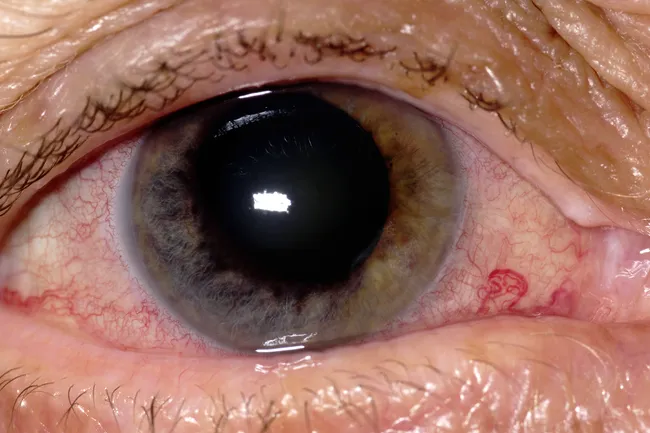
11
/
12
Acute Angle-Closure Glaucoma
Fluid builds up quickly in your eye when it’s suddenly blocked from draining. This pushes on your optic nerve and causes pain, swelling, and redness around your eye. Your vision may blur, and you may see colored lights or rings. It happens very quickly and can cause vision loss within a day if not treated. Doctors use drugs to ease the pressure and a laser to make a small hole in your iris to help drain fluid.
Swipe to advance
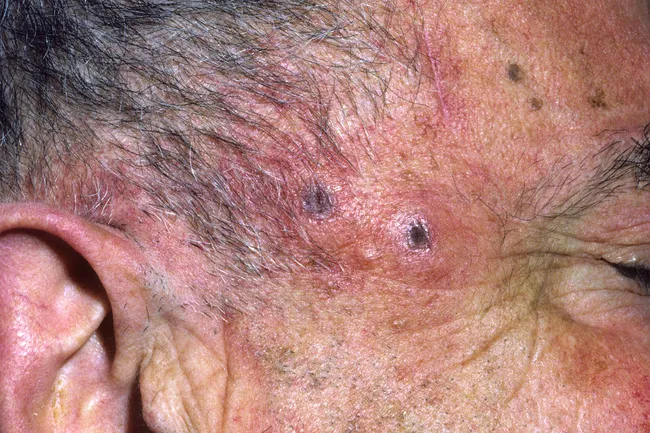
12
/
12
Giant Cell Arteritis
Arteries in your head and scalp get inflamed. This can cause serious pain around your temples on either side of your face. You might also have jaw pain, fever, and weight loss. Eventually, you may have blurry vision, or sudden, permanent vision loss in one eye. It’s not clear what causes it, but it usually happens after age 50. Doctors usually treat it with high doses of corticosteroids.
Swipe to advance
- Get link
- X
- Other Apps